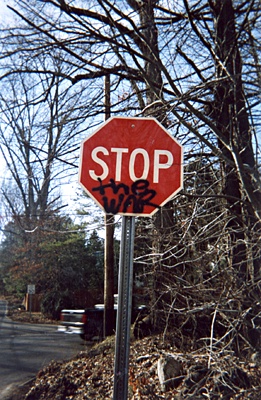All Nonfiction
- Bullying
- Books
- Academic
- Author Interviews
- Celebrity interviews
- College Articles
- College Essays
- Educator of the Year
- Heroes
- Interviews
- Memoir
- Personal Experience
- Sports
- Travel & Culture
All Opinions
- Bullying
- Current Events / Politics
- Discrimination
- Drugs / Alcohol / Smoking
- Entertainment / Celebrities
- Environment
- Love / Relationships
- Movies / Music / TV
- Pop Culture / Trends
- School / College
- Social Issues / Civics
- Spirituality / Religion
- Sports / Hobbies
All Hot Topics
- Bullying
- Community Service
- Environment
- Health
- Letters to the Editor
- Pride & Prejudice
- What Matters
- Back
Summer Guide
- Program Links
- Program Reviews
- Back
College Guide
- College Links
- College Reviews
- College Essays
- College Articles
- Back
Rhetorical Analysis of MLK's Speech "Beyond Vietnam"
Widely known for his work in the Civil Rights Movement, Martin Luther King Jr eventually also gained momentum in the anti-war movement against the war in Vietnam. Through his use of imagery, diction, and parallel structure, Martin Luther King Jr associates the war in Vietnam with injustice in his famous speech, "Beyond Vietnam - A Time to Break Silence."
Martin Luther King Jr. applies imagery throughout his speech in order to illustrate the horrors of the war to arouse anger at its atrocities and injustice. For instance, he does when he depicts the, "Negro and white boys on TV screens as they kill and die together for a nation that has been unable to seat them together in the same schools." The image of death, as powerful as it is, becomes amplified when Martin Luther King associates the injustices of segregation with the Vietnam war. His audience at Riverside Church, likely familiar with his Civil Rights work, would most likely than view him with more credibility because they too could sympathize to an injustice done by the American government. Likewise, the image of men, both black and while, "in brutal solidarity burning the huts of a poor village," helps establish the war in Vietnam as a complete disaster and atrocity. Additionally, when King claims that all this horror is in the name of America, he appeals to his audience's anger, leading them to believe that it is time for them to break silence on the fact that the United States became involved in an unjust war in Vietnam.
Moreover, Martin Luther King Jr meticulously chooses specific words that carry with them a negative connotation that helps associate the Vietnamese war with injustice. By claiming that the United States, "the greatest purveyor of violence," prefers, "massive doses of violence to solve its problems," King effectively establishes the U.S. government as the pervasive wrongdoer. Moreover, this set of diction allows King to logically state that he can not continue to fight on behalf of the oppressed if he himself doesn't address their oppressor, the U.S. government. King's criticism of the war as "broken and eviscerated," allows him to establish a disappointed tone that conveys the idea that the war is immoral and by doing so his precise word choice lets him to attack it as such. When he argues that the war's immoral nature should be "incandescently clear," he implies to his audience that those who do not voice their opinion against the war are not concerned for, "the integrity and life of America."
Finally, Martin Luther King Jr. uses parallelism within his own reflection to evoke emotions in his audience to show that . The line, "For the sake of those boys, for the sake of this government, for the sake of the hundreds of thousands trembling under our violence, I cannot be silent," demonstrates how King uses parallelism. By repeating the phrase, "for the sake," he creates a rhythmic flow that causes his audience to be more receptive to his idea. In addition, his use of parallelism allows him to appeal to his audience's pity for the oppressed in order for him to express his call to action, a call for activism that goes beyond Vietnam. Acting almost as a climax, King lyrically urges his audience to voice their opinions and wage a war against this unjustified war in Vietnam.
Overall, Martin Luther King Jr. eloquently argues against the United States involvement in Vietnam through his use of parallelism, diction, and imagery. His use of diction and imagery arouses anger while increasing his credibility since he criticizes the unjust war he describes. Furthermore, when these stylistic elements are concluded with his use of parallelism, King effectively establishes America's involvement in the Vietnam War as unjust.

Similar Articles
JOIN THE DISCUSSION
This article has 0 comments.
